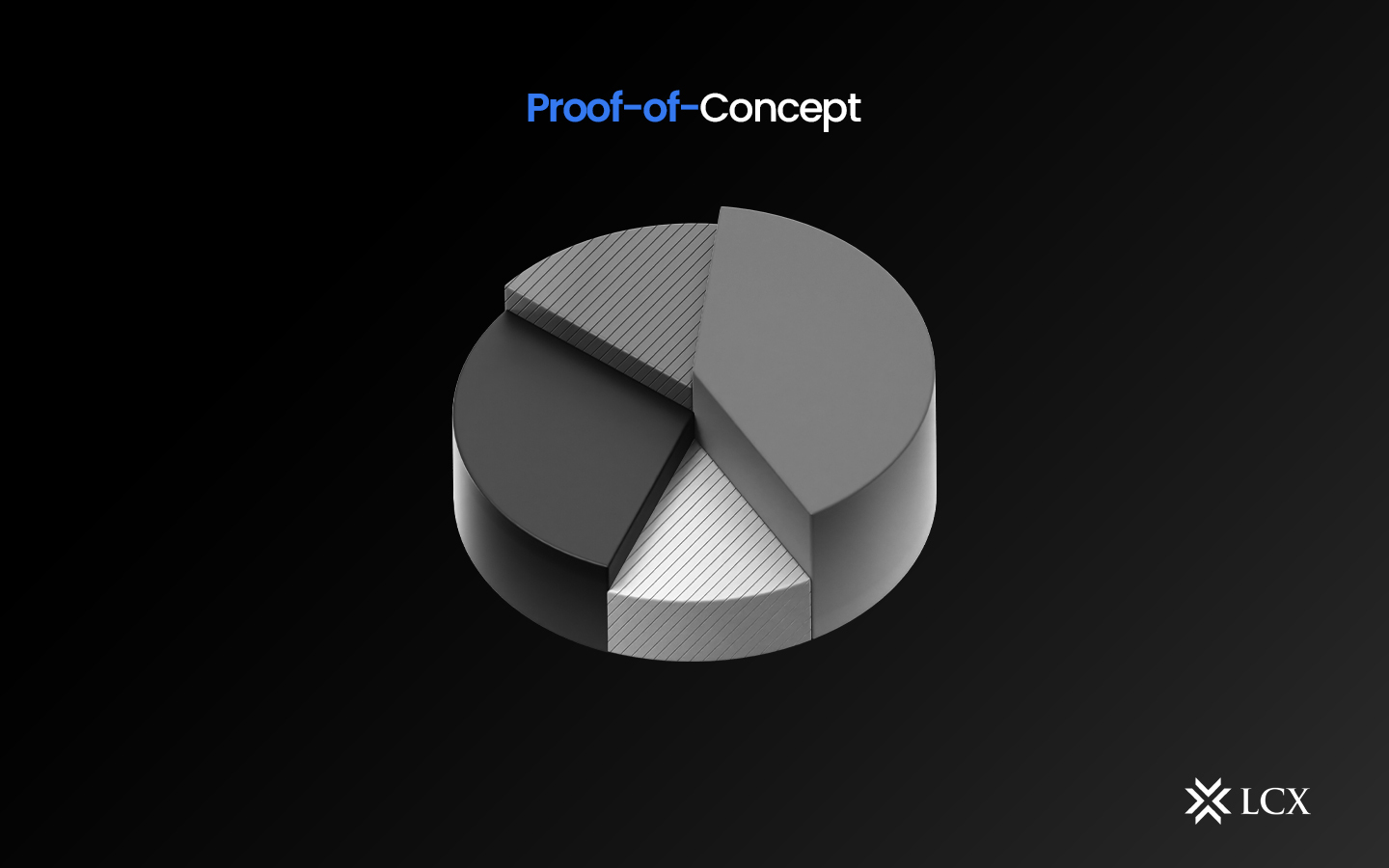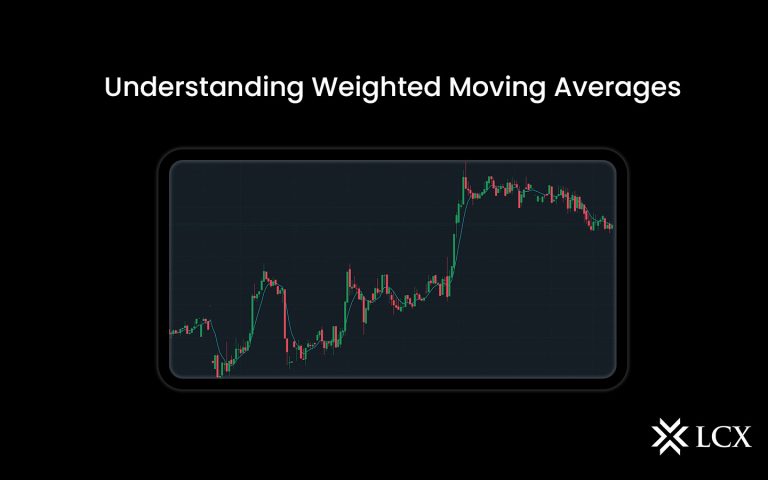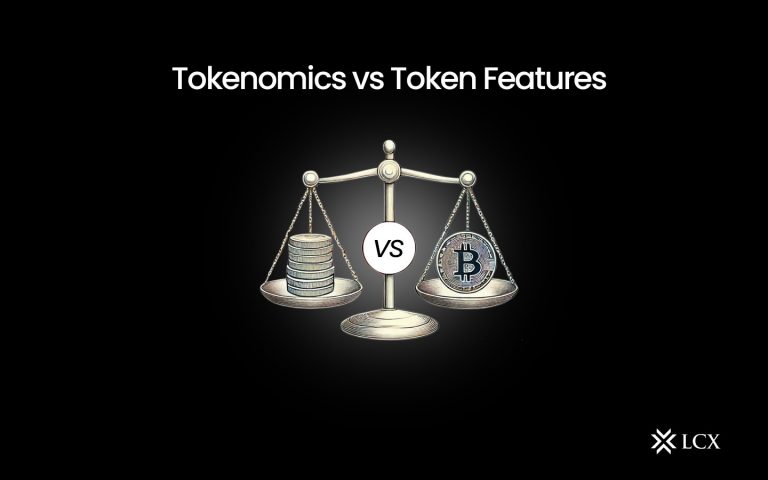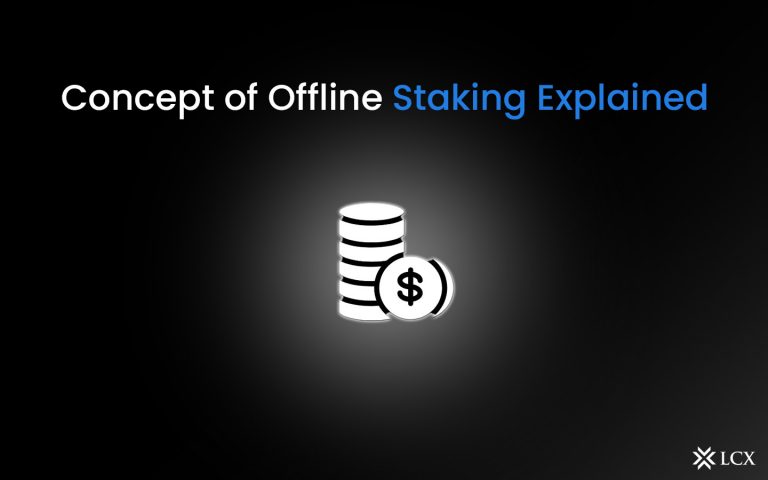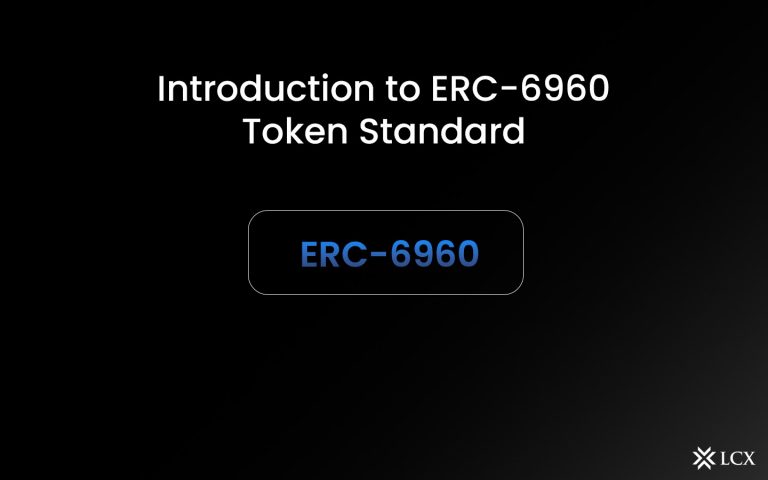In today’s rapidly evolving technological landscape, businesses are constantly seeking innovative solutions to gain a competitive edge. One approach gaining significant attention is the concept of “proof of concept” (POC). Pioneered in the blockchain realm, POC has transcended its origins and is now being adopted across various industries. In this blog post, we will dive into the depths of POC, exploring its meaning, significance, and how it drives business transformation in the digital era.
Understanding Proof-of-Concept
Proof of Concept, often abbreviated as PoC, is a consensus mechanism used in decentralized networks to validate and confirm transactions. It serves as a critical component of various blockchain-based cryptocurrencies, including Bitcoin, Ethereum, and many others. PoC ensures the security, immutability, and trustworthiness of a network by requiring participants to provide evidence of their computational effort, thus demonstrating their commitment to maintaining the integrity of the system.
Mechanisms of Proof-of-Concept
Resource-Intensive Computations: Unlike other consensus mechanisms such as Proof of Work (PoW) or Proof of Stake (PoS), PoC requires participants to showcase their computational resources by performing resource-intensive calculations. These computations can vary depending on the specific cryptocurrency or blockchain network, but typically involve solving complex mathematical problems or executing cryptographic algorithms.
Solution Submissions: Participants competing to validate the next block or transaction must submit a solution derived from their computational efforts. The solution should satisfy specific criteria, such as meeting a predefined target value or fulfilling a mathematical relationship defined by the network’s protocol. The complexity of the problem ensures that participants must invest considerable computational resources to have a chance of finding a solution.
Selection and Verification: Once solutions are submitted, the network’s algorithm selects a winner or a set of winners based on the quality of their solutions. The selection process is designed to be deterministic, allowing the network to reach a consensus on the validity of the transaction or block. Once selected, the solution is thoroughly verified by other participants in the network, ensuring its correctness and preventing malicious or fraudulent activities.
Benefits of Proof-of-Concept
Security: PoC provides a robust security layer by requiring participants to invest substantial computational resources. This makes it economically unfeasible for attackers to manipulate the network, as doing so would require an excessive amount of computing power. The security of PoC-based cryptocurrencies is often proportional to the overall network’s computational capacity.
Energy Efficiency: Compared to PoW, where participants compete through intensive computational calculations, PoC is considered more energy-efficient. Since PoC relies on proof of participants’ previous computational efforts rather than continuous energy consumption, it reduces the environmental impact associated with mining operations, making it a more sustainable alternative.
Decentralization: PoC encourages decentralized participation since any participant with access to computational resources can contribute to the validation process. This distributed nature fosters a more inclusive and democratic network, reducing the risk of centralization and promoting resilience against single points of failure.
Real-World Applications of Proof of Concept:
Cryptocurrencies: PoC is the foundation for many cryptocurrencies, including Chia, Burst, and Filecoin, which prioritize energy efficiency and security.
Decentralized Storage Systems: Proof of Concept can be leveraged in decentralized storage networks, where participants provide proof of their storage capacity to contribute to the network’s overall storage capabilities.
IoT and Supply Chain: PoC has the potential to revolutionize Internet of Things (IoT) networks and supply chain management. By ensuring the integrity of data exchanges and transaction validation, PoC can enhance transparency, traceability, and security within these domains.
Conclusion
Proof of Concept (PoC) is a crucial consensus mechanism in the world of cryptocurrencies and decentralized networks. Its resource-intensive computations and validation process ensure the security, immutability, and trustworthiness of transactions and blocks. With its energy efficiency, decentralization, and real-world applications, PoC continues to drive innovation in various sectors, heralding a promising future for blockchain technology.
